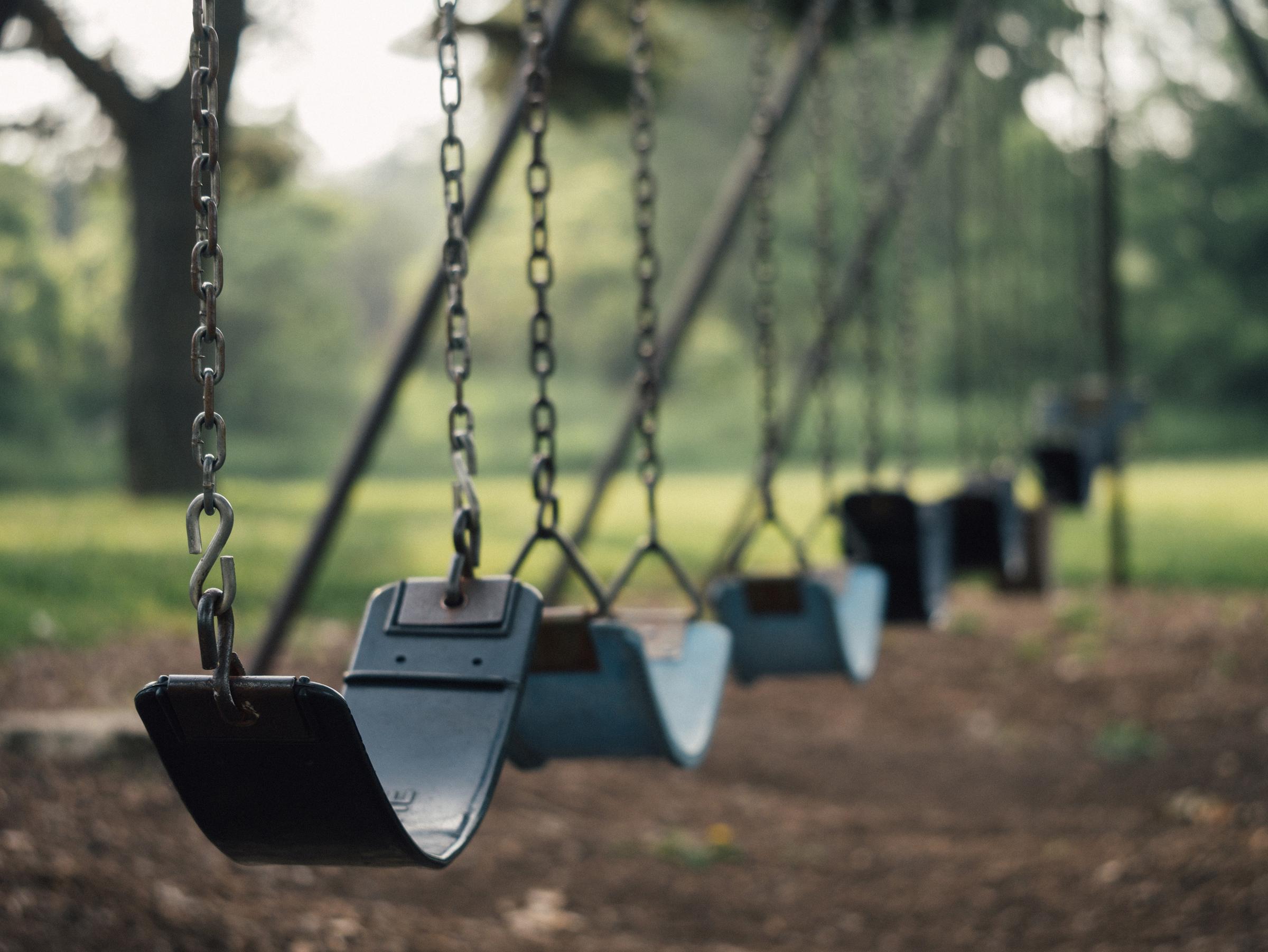Parenting Ideas

Safety Second: Why “Safety First” Is Bad For Your Child
Why “Safety First” Is Bad For Your Child
“Your children should be doing at least one thing each week that, if things go wrong, could land them in hospital.”
Provocative? Absolutely. But I’m not encouraging emergency department visits. I’m sounding an urgent alarm: our obsessive protection of children is harming them.
The Risk Paradox Explained
Here’s an uncomfortable consideration: “Safety first” is actually harming our children. How? The more we try to eliminate every risk, the more we compromise our children’s actual safety and success. Our anxiety about scraped knees and bruised elbows has created a generation that’s physically safer but mentally fragile – scared of everything.
Research from the University of British Columbia shows that children deprived of risky play develop poorer risk assessment abilities, decreased physical literacy, and—most alarmingly—heightened anxiety disorders. Professor Mariana Brussoni captures this perfectly: “Children should be kept as safe as necessary, not as safe as possible.”
Risky vs Dangerous: Know the Difference
Risky play involves manageable hazards that children can identify and navigate themselves. Dangerous situations involve hidden hazards beyond their developmental capacity to assess.
For preschoolers (ages 3-5):
- It’s risky to climb the tallest play equipment at the park while you watch from a distance.
- It’s dangerous to climb the same structure when it’s poorly maintained with broken parts or on concrete surfaces.
For primary schoolers (ages 6-12):
- It’s risky to ride bikes down steep hills or learn to use a pocket knife under loose supervision.
- It’s dangerous to ride bikes on busy roads or use sharp tools without any instruction or guidance.
For teenagers (ages 13-18):
- It’s risky to navigate public transport alone to meet friends across town.
- It’s dangerous to hitchhike or accept rides from strangers.
Three Ways to Bring Back Beneficial Risk
1. CREATE TIME for risk-taking adventures
According to the Australian Institute of Family Studies, children’s free outdoor playtime has declined by over 32% since the 1980s, while screen time has more than doubled to an average of 4.5 hours daily for primary school children. Schedule weekly “adventure time” where risk is encouraged:
- A bushwalk where kids can climb rocks and explore without constant “be careful!”
- Beach visits where they can test their limits in shallow water
- Bike rides with gradually increasing distances and challenges
- An indoor rock climbing centre for supervised height experiences
For younger kids, 1-2 weekly adventures is realistic. Teenagers might manage more independent risk-taking daily.
2. SEEK OUT risk-positive environments
Not all play spaces are created equal. The best ones challenge children physically and mentally:
- Adventure playgrounds with loose materials
- Nature reserves with trees to climb and wild spaces to explore
- Community gardens where kids can use real tools
- Skateparks where falling is normalised and celebrated as part of learning
Avoid over-engineered playgrounds with rubber surfaces and predictable plastic equipment. They signal to children that risk is unacceptable and falling is catastrophic. (Plus, they’re boring.)
3. STEP BACK and honour developmental progress
Several years ago, my daughter Emilie, then 9, refused to ride the “donut” behind my dad’s boat. While her siblings loved getting whipped around and flipped into the water, Emilie was terrified. I coaxed her onto the donut with promises: “Pop will drive slowly. You won’t flip. I’ll be right there.” She reluctantly agreed, clutching the handles with white knuckles as my father crawled the boat forward. After 15 seconds, something remarkable happened: “FASTER!” she shouted. Then again: “FASTER!”
By honouring her initial fears and letting her control the pace, Emilie discovered for herself the exhilarating balance between thrill and terror. Had we flipped her immediately, she’d have never returned. Instead, she spent the afternoon demanding higher speeds.
This perfectly captures effective risk support: present but not controlling, encouraging but not forcing, and always respecting the child’s own developmental timeline.
Putting “Safety Second” for Healthier Kids
The world’s leading play researchers identify five essential risk categories children need regular exposure to:
- Heights (climbing trees, playground equipment)
- Speed (running downhill, bike riding, sliding)
- Tools (using hammers, scissors, kitchen knives appropriately)
- Getting temporarily “lost” (exploring just beyond sight)
- Rough-and-tumble play (wrestling, chasing)
Start with whatever makes you least uncomfortable, gradually expanding your comfort zone alongside your child’s abilities. Remember: “Safety first” might sound responsible, but it’s actually backwards. Our job isn’t to eliminate risk—it’s to introduce appropriate risk at the right developmental stages.
The next time your heart races watching your child attempt something challenging, resist the urge to shout, “Be careful!” Instead, think: This isn’t dangerous—it’s the antidote to anxiety and the foundation of confidence
